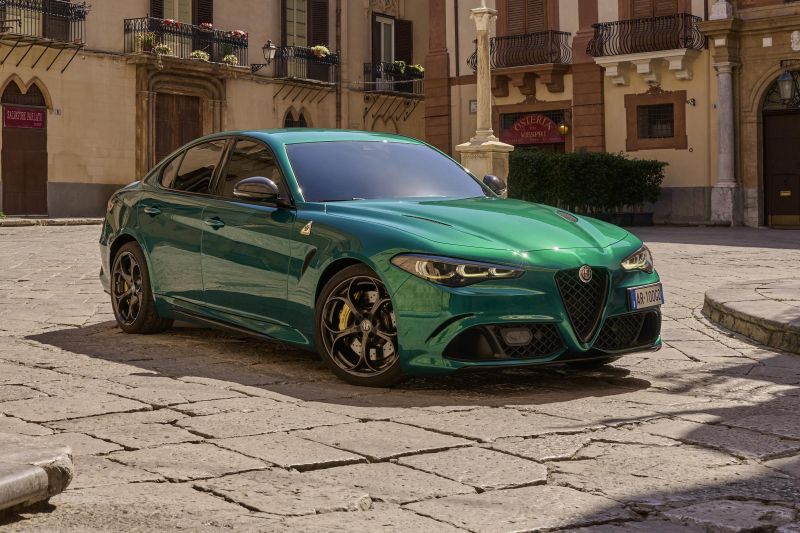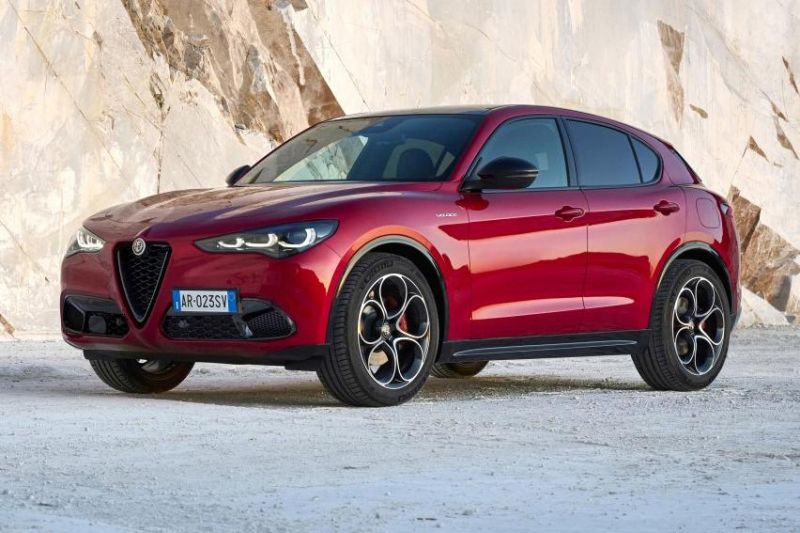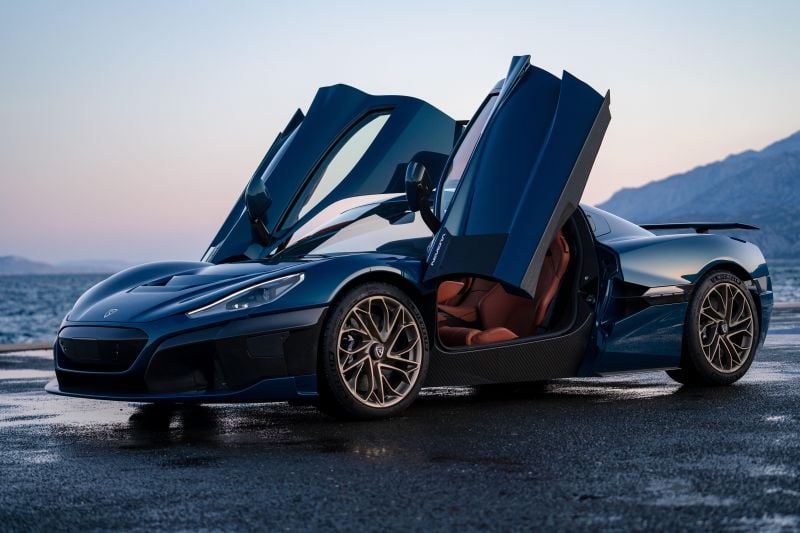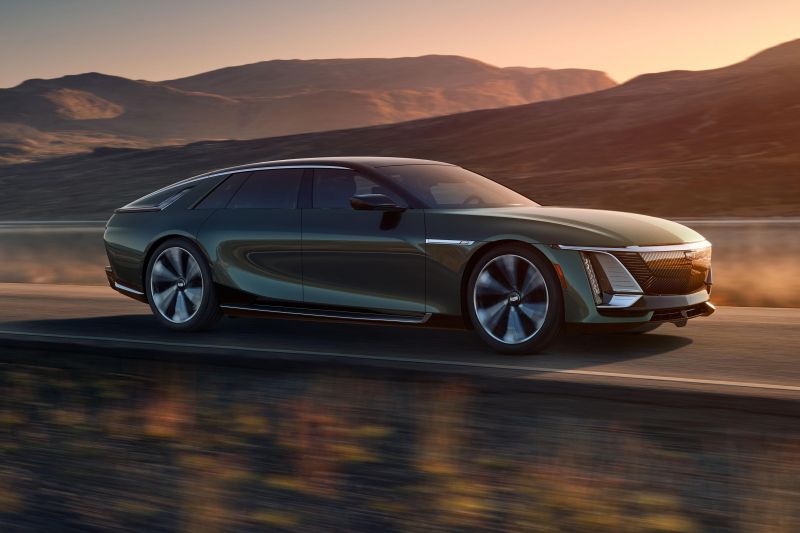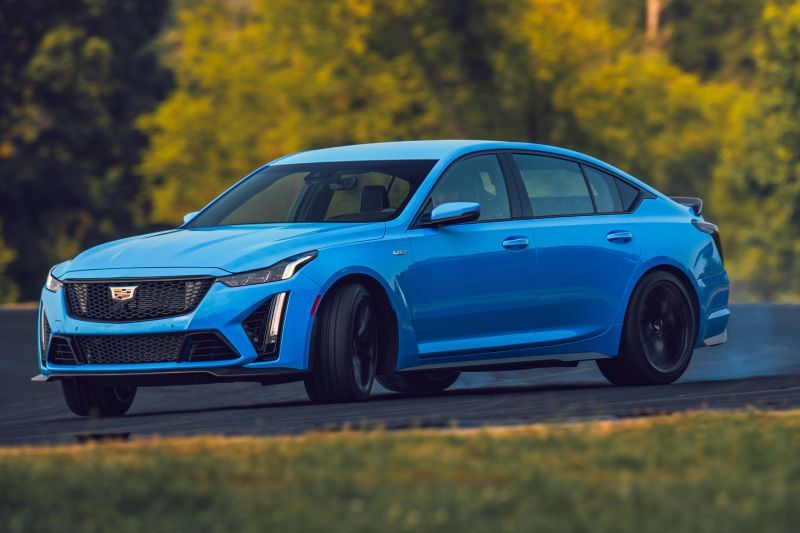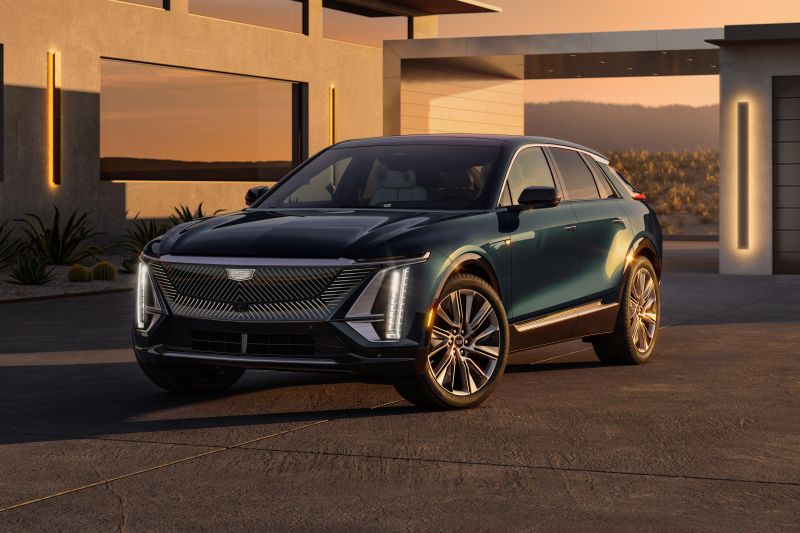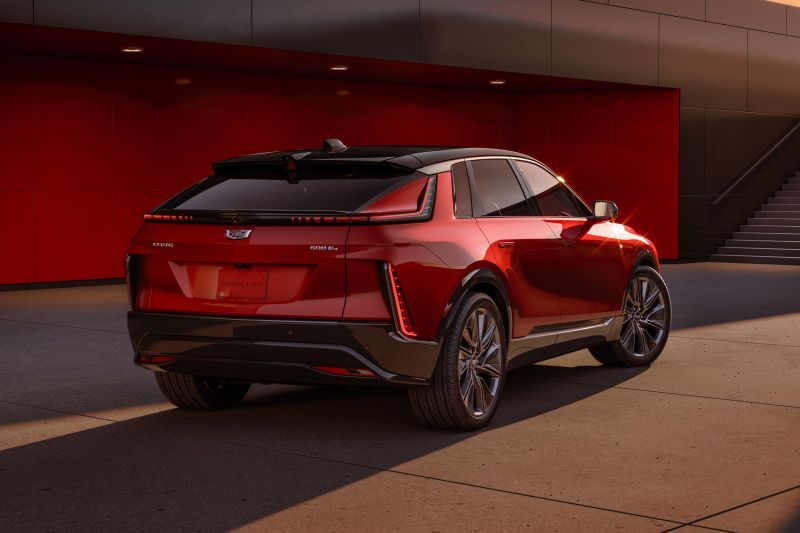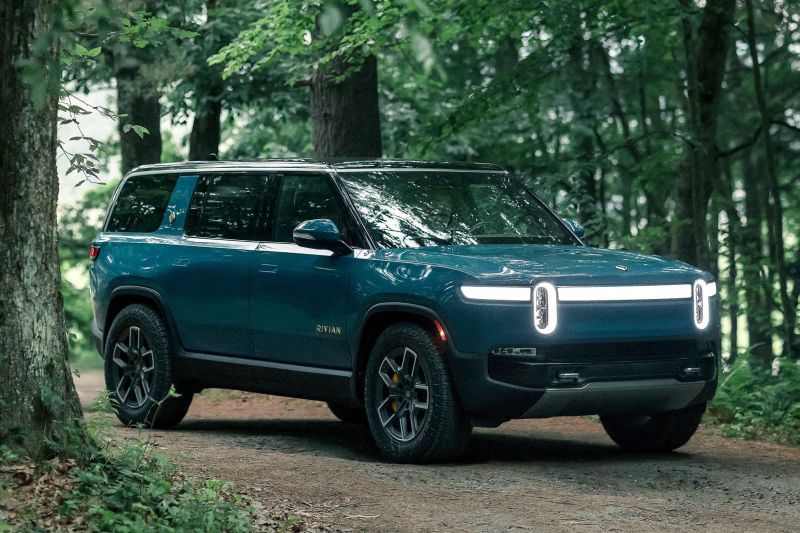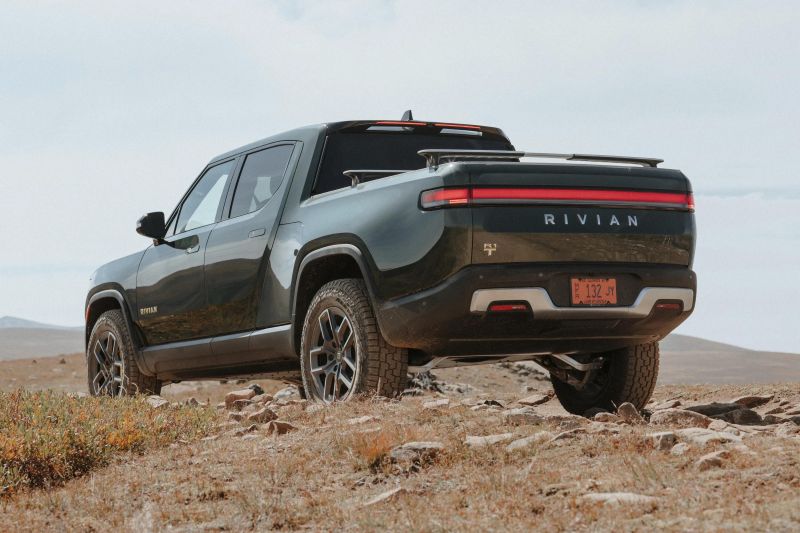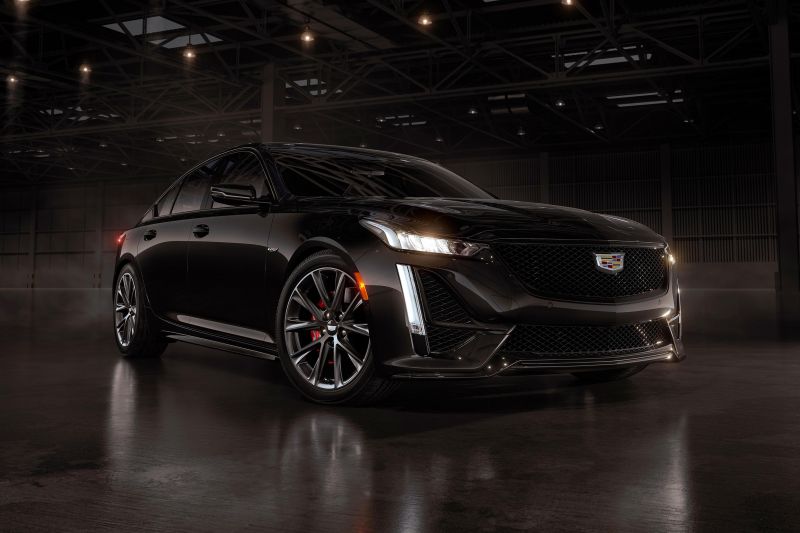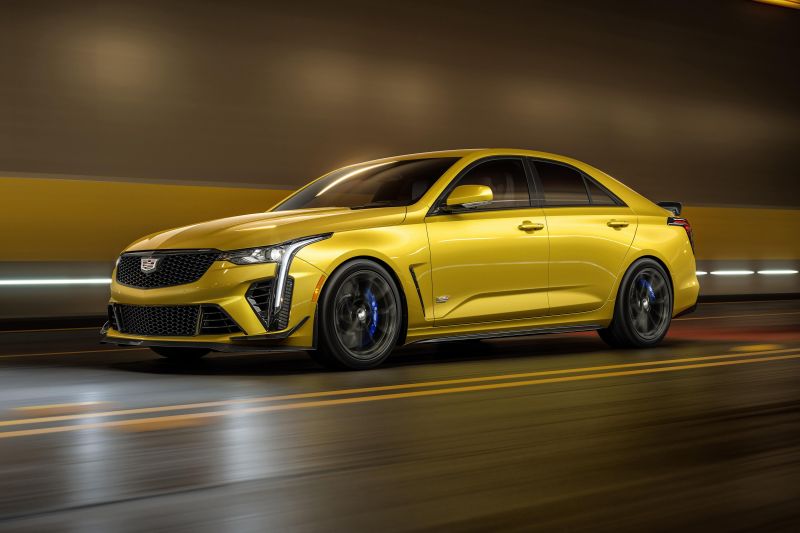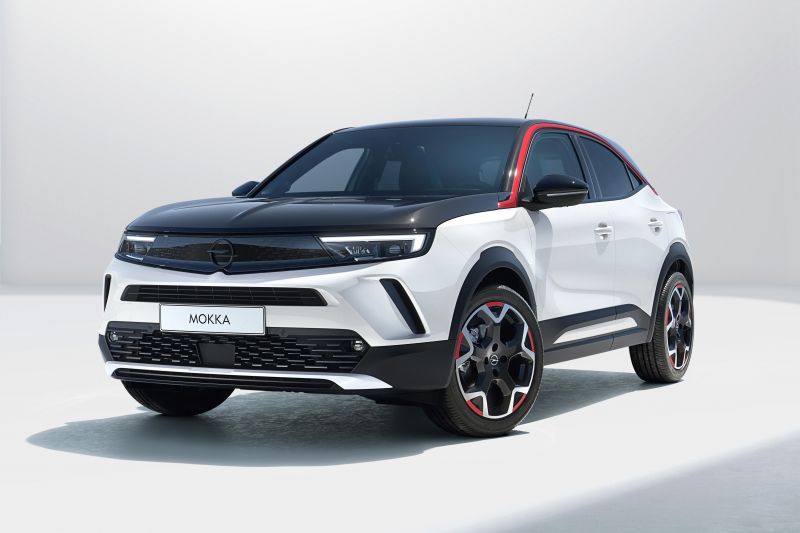Australia is an extremely saturated market. Only around a million vehicles are sold here every year, and yet there are just over 50 brands competing for a slice of the action.
While we recently saw Alpine, Chrysler, Holden and Infiniti leave, we gained BYD, Cupra, Ineos and Polestar and welcomed back Chery. A couple more Chinese brands are also set to arrive on our shores over the next couple of years.
To ask for any more brands to squeeze into this cluttered market would be being greedy – but let’s be greedy.
These are the brands we’d love to see selling cars in Australia.
Anthony Crawford: Shelby
Honestly, while most people in the industry believe we have too many brands on sale in Australia, I’m going to be selfish and request right-hand drive versions of Shelby Mustangs.
The Shelby Mustang GT350 R is a car I’m desperate to own, but Ford is always slow on the uptake so I won’t hold my breath.
Alborz Fallah: Alfa Romeo
Wait, what? Doesn’t the brand already exist in Australia!? Technically, yes, but hear me out: what does it mean to exist in a market? Does anyone think the state of affairs for Alfa Romeo in Australia is working?
So far in 2023, from January until May, the iconic Italian brand has sold just 181 cars. So about 36 cars a month on average. Even Maserati sold more cars (so did Jaguar, remember them?) Those sales figures do not make for a sustainable business.
Alfa Romeo is a brand that always seems to have so much potential but despite an endless number of restarts, never seems to get anywhere in Australia.
The Italians love the idea of selling premium luxury cars against the trio of Germans but don’t seem to think our market is worth the investment it takes to make it work, so it (barely) hangs on, in this depressive state where one of the world’s most iconic and loved brands is all but forgotten with little to no consideration from consumers.
We bought a new Alfa Romeo Giulia back in the CarAdvice days to prove that it was reliable; unfortunately it spent most of its time back at the dealership, proving otherwise. So there are a few things to get right with the brand and consumers seem to know it.
As an example, for the last few years there has been no standalone dealership in Brisbane, which as of recently exists in a small space inside an often deserted shopping centre. Meanwhile, Mercedes Benz has the largest dealership in the southern hemisphere in Brisbane (true story). In the world of luxury, the experience and emotion is the majority of the product.
Please bring back Alfa Romeo. Not the current imitation of a brand, but the real thing. If that’s not going to happen, let it die a dignified death.
Paul Maric: Rimac
As the world’s quickest production car, the Rimac Nevera needs to come to Australia. The Croatian brand has shown that it not only has the nous to create a hypercar from the ground up, but that it has enough trust to be a parts supplier to a number of global car brands.
Most recently Bugatti was renamed Bugatti-Rimac, with the Croatian company taking over operation of the Volkswagen subsidiary.
I reckon it would be awesome to have the world’s quickest production car on sale in Australia. The Nevera shows you that EVs can be interesting!
Scott Collie: Cadillac
Cadillac has had one crack at launching in Australia, and it’s time for take two.
On the electric car front, the Lyriq and Celestiq are proper luxury flagships that would immediately give the brand some credibility alongside BMW and Mercedes-Benz. There’s no danger of blending into the crowd, either, given how distinctive they look.
Then there’s the stuff enthusiasts will love. Manual, rear-wheel drive super sedans with V8 engines are incredibly rare in 2023, but Cadillac hasn’t given up just yet.
The CT5-V Blackwing is the internal-combustion flagship for Cadillac’s passenger car range in the USA, with a supercharged 6.2-litre V8 engine under the hood pumping out 498kW and 893Nm.
Forget about all-wheel drive, the Blackwing is rear-wheel drive only. Although there’s a 10-speed automatic on offer, the six-speed manual is the one enthusiasts crave most.
GM estimates a 0-60mph (0-96km/h) time of 3.7 seconds with the automatic transmission and a top speed of over 200mph (321km/h).
Inside, it looks suitably modern. Just because the drivetrain is old-fashioned doesn’t mean the whole car needs to be a dinosaur.
Jade Credentino: Lucid
I’ve been following the progress of Lucid for a few years, and still wonder why it’s only offered in a small number of markets. It’s rumoured China is the next market it plans to enter, which will be very interesting against all the big EV players already based there.
Lucid vehicles look bloody great, based on videos the cars perform great and offer a great alternative to mainstream EV brands like Tesla.
Lucid claims the Air offers up to 830km of range and can pump out between 358–828 kW of power, depending on the variant.
I’m keeping my eyes on their expansion and hope to have the chance to get behind the wheel of the tri-motor all-wheel drive model one day soon.
Derek Fung: Cadillac
GM might be bringing Cadillac to Australia with a range high-priced luxury EVs. It certainly is developing a right-hand drive version of the Lyriq, possibly as part of its long mooted return to Europe.
In the flesh, the Lyriq is both distinctive and attractive. And, like the Lucid Air I lauded recently, the interior has screens aplenty, but they look like they’re designed into their environment.
By going upmarket, and no longer chasing (and failing to catch) the German brands in their core segments, Cadillac has a real shot at capturing a unique and profitable share of the market.
The Celestiq and Lyriq would sit well alongside the pricey Corvette and Chevrolet Silverados in GMSV’s local showrooms.
And while GM is at it, they should expand the presence of Chevrolet Down Under.
No, they shouldn’t bring the new Trax here. Instead, send over the Blazer EV and Equinox EV. Both look great, especially the Blazer, and would allow GM to ride the EV wave that’s finally broken on Australian shores.
Hopefully both of these cars being developed in right-hand drive as part of GM’s return to volume sales in Europe.
Jack Quick: Rivian
I remember when I started out as a journalist at CarExpert almost two years ago now, one of the first car companies I reached out to was Rivian about a potential Australian launch.
Almost everyone had tried to get a response from Rivian to no avail, but I surprisingly got a response a few days later. Regardless, it didn’t provide any insight whatsoever but I was delighted to hear back.
I’ve reached out to Rivian a number of times since, but the company still hasn’t confirmed it’s coming to Australia yet. The last we heard is that it intends to begin working on expanding its presence into right-hand drive markets after US and Canadian deliveries begin.
I’m quite intrigued by the Rivian R1T as it looks to be a really functional electric vehicle. My favourite feature the R1T has is the long tunnel that’s located between the cabin and the tub that can be used to store long items.
I think if Rivian was to come to Australia and launch with the R1T, it would be very popular in ute-loving Australia. It would finally give the LDV eT60 some competition too.
You also can’t forget the R1S that would be unlike anything else that’s available locally at the moment.
However, it appears the company’s next-generation R2 vehicles that are due in 2026 will be more targeted at export markets.
William Stopford: Cadillac
Rivian and Lucid immediately come to mind as brands I’d love to see here, both offering tantalising entries into the burgeoning electric vehicle market. Even Dodge – Dodge of all brands! – is set to offer distinctive electric vehicles with unique features and impressive performance. They all ought to come here.
But there’s one brand I’ve been waiting to come here for almost my entire life, and it’s the one I have to pick: Cadillac. It came frustratingly close to coming here in 2009, before the Global Financial Crisis and parent General Motors’ bankruptcy derailed things. The vehicles, already en route, were then diverted elsewhere.
There’s this perception here that Cadillacs are big, floaty barges and, perhaps Escalade aside, that’s simply not true. The company has been selling genuinely impressive rear- and all-wheel drive sports sedans since the 2000s now – I rented a third-generation CTS a few years ago in Los Angeles, and a spirited drive along Mulholland Drive demonstrated the talents of GM’s chassis engineers.
Half of its current line-up, to be frank, does nothing for me. I see no reason to buy any of its crossovers over those of other luxury brands – rival Lincoln has nicer ones – and the Escalade is a bit gauche for my tastes.
Its latest sedans are a bit more awkward-looking than their handsome predecessors, but in V Blackwing guise they hold their own against rivals from BMW M and Mercedes-AMG.
Then there are its efforts in the electric vehicle space. The Lyriq is suitably upscale inside and out, and the Celestiq is a bold statement of intent with its exclusivity and Bentley-level pricing.
I’ve been a Cadillac fan since I first hurtled a front-wheel drive Eldorado ETC around San Francisco in Midtown Madness 2 as a kid. It’s a brand that’s often been a bit uneven, but it’s one I have a great fondness for.
I say that as I once again search online classifieds for a right-hand drive, second-generation CTS…
James Wong: Opel/Vauxhall
Yes, I know Opel has already attempted an unsuccessful comeback in Australia, but the German brand continues to sell its latest models in New Zealand, so why not bring them here?
Opel and Vauxhall have local significance given their historic ties with Australia’s GM Holden, particularly with nameplates like the Astra. Vauxhall’s British heritage means RHD by default as well as a fresh start to break away from Opel’s not-too-distant departure from our market.
Now owned and operated by Stellantis, Opel and Vauxhall have an overhauled range of hatchbacks and SUVs which offer petrol, diesel, plug-in hybrid (PHEV) and electric (EV) options, based on the same underpinnings and technologies as vehicles from Peugeot and Citroen.
The return of the Astra would be a great comeback story for the long-running nameplate, and offer another option in the small passenger segment to reignite the battle between it and the likes of the Mazda 3 and VW Golf.
I love the idea of the Corsa-e and Mokka-e bringing new, affordable compact EV options, while the Astra and Grandland plug-in hybrids bringing new electrified options to volume segments.
Spain’s SEAT would be a close second.

